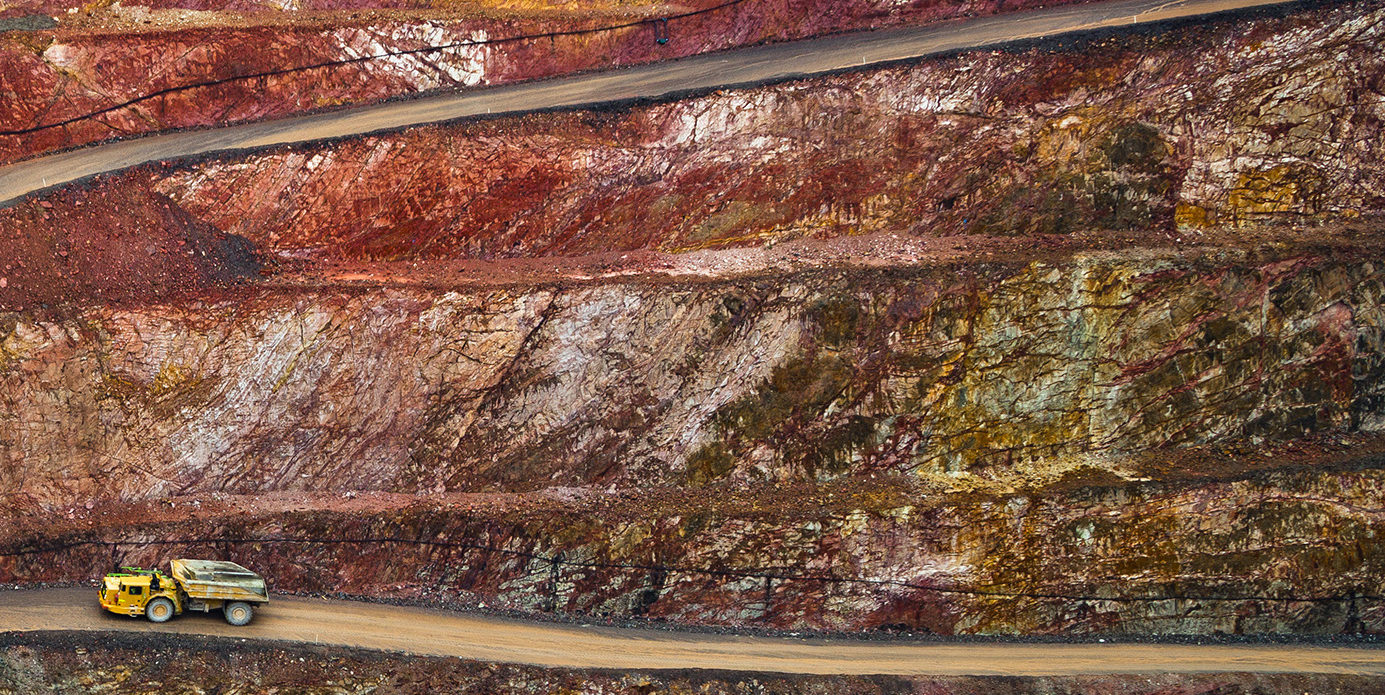This story features in The data Management Challange
Seequent’s approach is to make geological data open, accessible and intuitive and bring geologists together to do what they love best and are trained in – analysing, interpreting and making decisions about the geology.
Seequent has focused on solving mining industry challenges since 2004, with the introduction of the first 3D implicit modelling solution, Leapfrog. Since then, Seequent has evolved into a global leader in the development of visual data science software and collaborative technologies. Delivering solutions that enable geologists and organisations to create rich stories and uncover valuable insights from geological data, and ultimately make better decisions and reduce risk.
As Director of Product Strategy, Rob Ferguson says, “What’s really important to us as a company is allowing geologists to think more about the geology and less about the software. We have promoted this for a long time. Think geology first and software second.”
Central Management Solution
In pursuit of this ethos and in response to demand from key customers, Seequent has already begun to tackle the issue of how to better manage a company’s entire geological data. Central was developed to help geology teams and managers to visualise, track and manage their geological data from a centralised, auditable environment.
Seequent Central Product Manager, Peter Joynt, comments, “Companies were faced with the basic issues of trying to locate the latest version of a model but we could see with The Central model management platform we had an opportunity to take things a lot further. We want to help mining companies drive cost efficiencies by having data readily available, so that geologists can quickly and confidently make decisions about, for instance, costly drilling programmes. We also wanted managers to be able to see easily how decisions were made and also be more actively involved in that process. Rather than going through three layers of people to understand what one person’s doing it’s the click of a button.
Complexity to Clarity
Seequent takes the view that it is the geologists who use and manage all of the geological data and they need to be able to easily make that data tell a story. It’s therefore important that processes are as easy as possible. “In
every solution we create,” says Rob Ferguson, “we focus on making data accessible and aid the visualisation process to make the understanding of data easier.
Seequent’s solution, View, is an example of this advanced and flexible visualisation. View’s intuitive tools help geologists make geological models much more accessible to wider audiences, often those without geological knowledge, such as different groups of stakeholders in a mining company. These stakeholders are making decisions about investments and production and need to rapidly understand what they are basing their decisions on. Once analysis is complete, a variety of output tools allow ready sharing and communication of findings. These solutions help give investors the confidence that the analysis work has been done and then visually demonstrate that the geology is buttoned down.
Openness and interoperability
Openness and interoperability are driving forces at Seequent. And of course, any data management solution needs to facilitate interoperability and provision of flexible tools for data import/export.
Rob Ferguson comments. “We want geologists to have the most holistic view of their data as possible. We are working to consume even more generational data sets and working with other industry leaders on new technologies and advances.” A recent example of this is Seequent’s collaboration with IMDEX to provide real-time 3D visualisation for mining drilling projects. The integration allows live field data synced to IMDEXHUB-IQ™ to be linked in near real-time to the same project in Central, enabling 3D visualisation of drilling progress and structural data in the relative context of a 3D geological model.
Seequent is also heavily involved with GMG Group’s Open Mining initiative, which is working to create an open standard for mining information. “There are a number of software companies who all have their own file formats, which makes the exchange of that data in its current form, very painful. We have been at the forefront of their steering committee and are helping them drive the acceptance and utilisation of the Open Mining Format (OMF),” says Rob.





